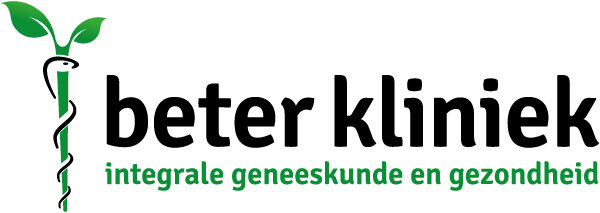Diabetes mellitus (literally "honey-sweet flow") is a condition characterized by repeatedly (chronically) elevated blood glucose or blood sugar levels (hyperglycemia). Hence the Dutch term diabetes, or sugar for short.
Exactly what a normal blood glucose value means and how a measurement should be taken is defined internationally, with sometimes slightly different interpretations from country to country. Continuous hyperglycemia causes glucosuria (sugar loss through urine), polyuria (urinating a lot) and polydipsia (drinking a lot). Prolonged hyperglycemia can eventually lead to coma if proper diagnosis and treatment are not provided.
Prevent
Worldwide, some 180 million people had diabetes in 2010. Of the estimated 800,000 Dutch people with the disease, some 250,000 had diabetes without knowing it. The Dutch Ministry of Health (VWS) made diabetes a spearhead in 2005 to improve Dutch diabetes care. According to the Dutch diabetes organizations and the Ministry of Health, Welfare and Sport, two-thirds of diabetics do not receive adequate care.
Diabetes Mellitus (DM) types 1 and 2 both occur in all age groups, however type 2 in the Caucasian (white) race especially after age 40. In other ethnic groups, it often begins at a younger age. Especially people of Hindu, Negroid, Mediterranean or Asian descent have an extra high chance of developing DM type 2. These individuals should be screened from childhood. Of patients with DM type 2, about 80-85% are overweight. DM type 2 is known for its familial burden. In DM type 1, this is much less the case.
Diagnosis
The convention states that the ideal blood glucose value (blood glucose level) should be between 4 and 8 mmol/liter depending on circumstances. A normal fasting value is between 4 and 5.6 mmol/l (or between 60 and 160 mg(sugar)/dl(blood)). If the "fasting" values in an untreated person are above 7 mmol/l and "non-fasting" above 11.0 mmol/l, one speaks of diabetes mellitus (diabetes). In the gray area between these limits, some people speak of diabetes, others do not. Nationally and internationally, these values are periodically agreed upon or revised by medics based on research results. Usually when one presents with symptoms of diabetes mellitus they are generously above the target values. To determine with certainty whether a person has diabetes and what type, blood tests should determine not only the blood glucose level, but also the c-peptide and insulin levels of the blood. A type-1 patient exhibits elevated blood glucose levels but produces little to no c-peptide; a type-2 patient usually (but not always) exhibits elevated blood glucose levels that are always accompanied by elevated insulin levels.
Treatment BeterKlinic
BeterKliniek is the clinic for Integrative Medicine that bridges regular and non-regular medicine.
An van Veen (physician) and Michael van Gils (therapist) look for the cause of a condition or disease. That is where the treatment starts otherwise, as people often say, it is 'carrying water to the sea'. We call this cause medicine. Sometimes it is also desirable to treat the symptoms (at the same time). We call this symptom medicine.
Chronic disorders often have their cause in epi- genetics. You can schedule a free informative telephone consultation (phone number 040-7117337 until 1 p.m.) at BeterKliniek to discuss your symptoms so that we can provide you with further advice.

